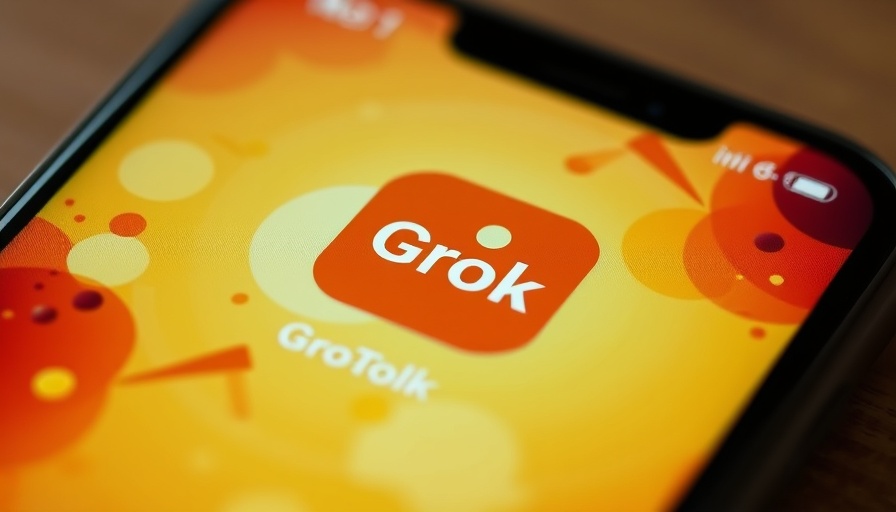
Google Photos Enhances User Experience with Merged Search Capabilities
Google Photos is evolving by integrating classic search functionality with advanced AI technology to refine user experience. The recent announcement revealed significant improvements in the AI-powered “Ask Photos” feature, which enables users to perform natural language searches within their photo collections. This improvement comes after users voiced their frustration over the feature's previous unreliability and slow response times.
Understanding AI’s Role in Digital Image Retrieval
The ability of AI to comprehend image content and metadata is critical for enhancing search results. Google’s Gemini technology has powered the “Ask Photos” feature since its inception at the I/O developer conference. However, Google's product manager, Jamie Aspinall, acknowledged that the initial rollout didn’t meet performance expectations, necessitating a pause to refine user experience and speed.
Returning to Simplicity: Classic Search's Efficiency
Google’s solution taps into the speed of classic search, enabling immediate display of results for simpler queries like “beach” or “dogs.” The underlying AI operates in tandem to generate more comprehensive responses once users initiate more complicated searches—illustrating a layered approach that combines speed and depth.
Privacy Considerations in AI-Enhanced Features
While leveraging AI enhances usability, privacy concerns remain paramount. Users must be over 18 years old and have Face Groups enabled to access the “Ask Photos” feature. This ensures that individuals’ images and those of their pets receive labels, contributing to a more personalized experience but raising implications about data security and consent.
Future Implications for Photo Management Tools
As technology continues to evolve, the fusion of traditional search with AI paves the way for future advancements in digital photo management. This not only improves how users retrieve memories but also showcases the potential for AI applications across various domains, highlighting a trend towards a more intuitive and responsive digital environment.
 Add Row
Add Row  Add
Add 




Write A Comment